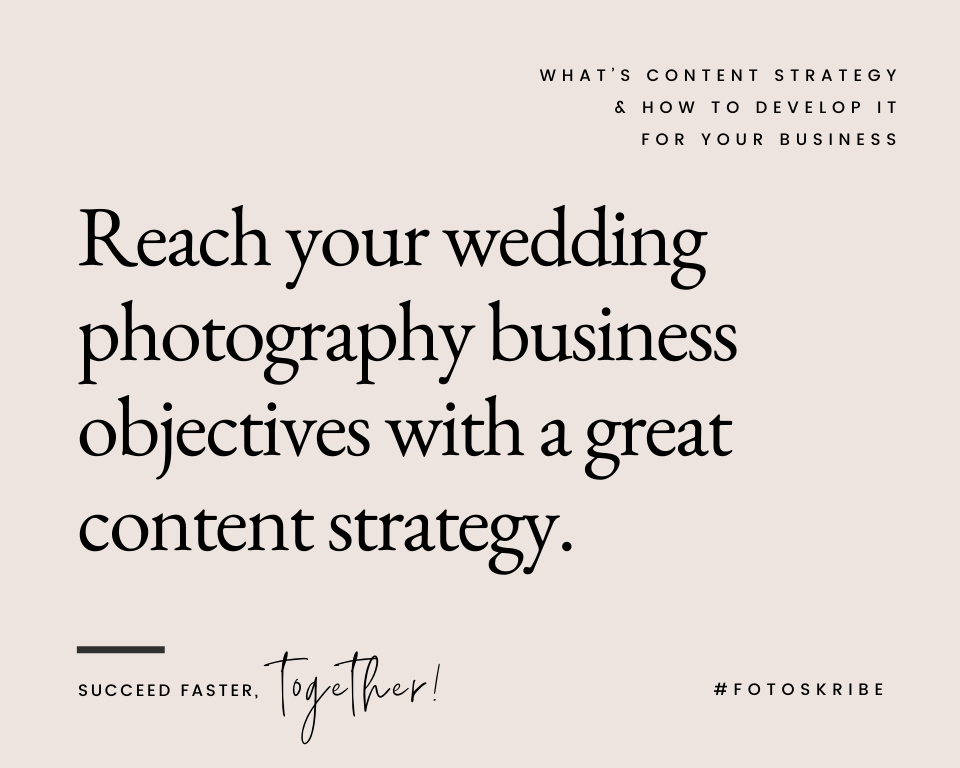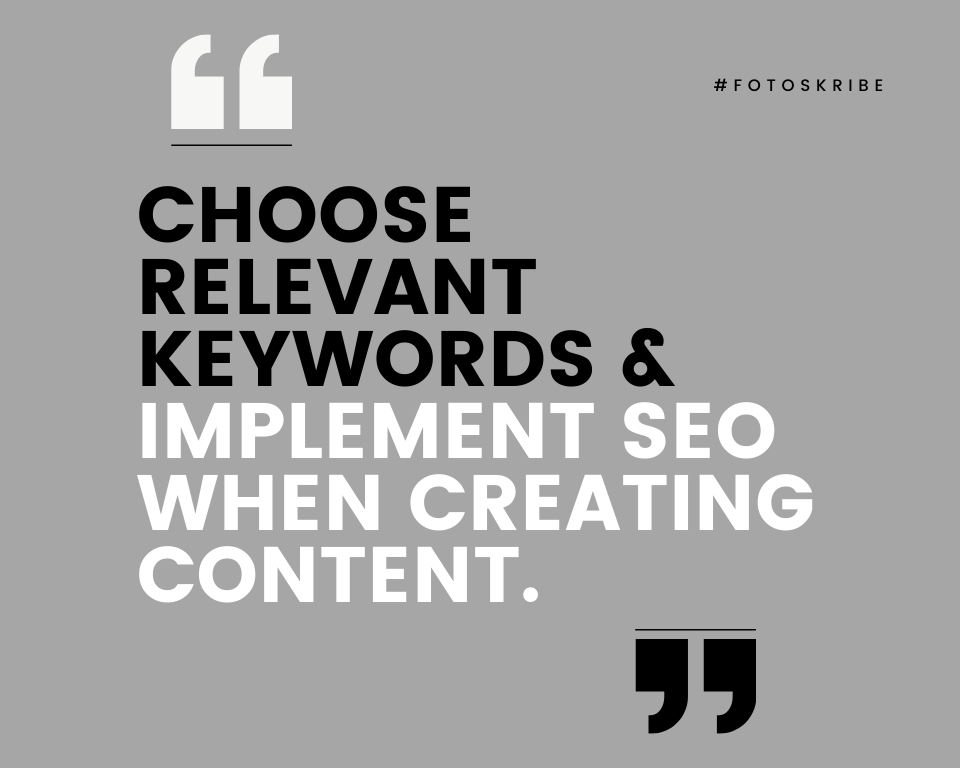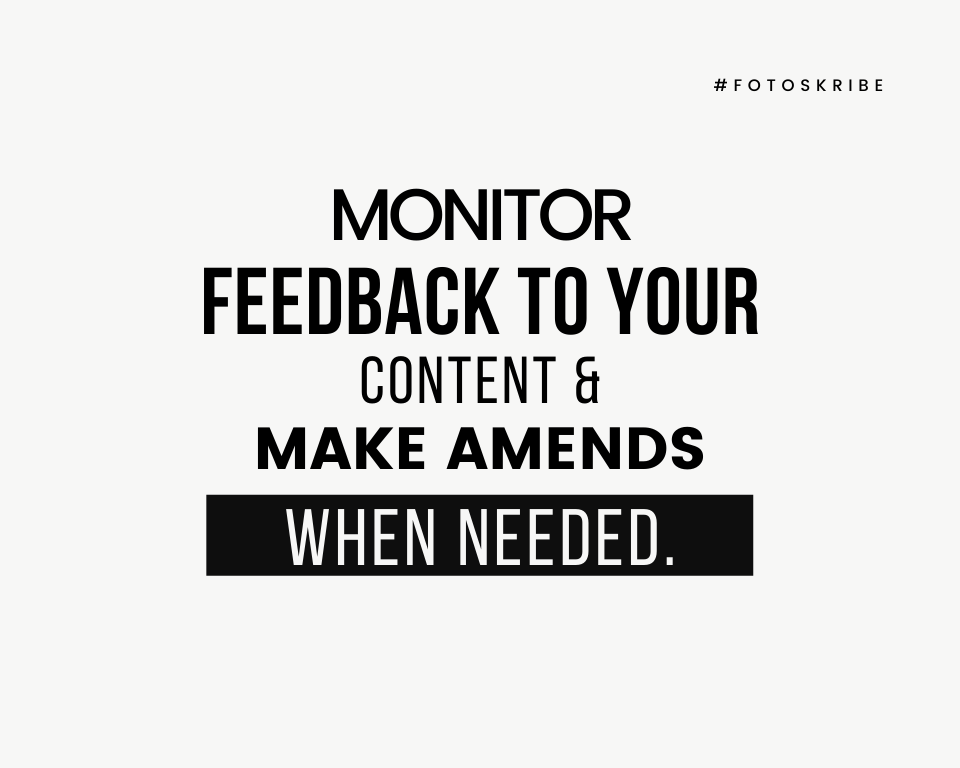What’s Content Strategy & How To Develop It For Your Business

Almost all of us have had those moments when we got stuck during a discussion because we weren’t sure about a statement we made or a so-called fact we presented. At that very moment, most of us turn to search engines, say Google, to look for the correct facts and figures and clear out the confusion. This basically means someone was already aware that people like us could be looking for answers to specific questions or would want to learn more about a certain topic. That’s why they researched and presented those answers in the most comprehensive and appealing way for everyone out there. Now, these answers or topic descriptions are a result of a well-formulated and executed content strategy. This strategy not just ensures page views for the content creators but also helps them expand their reach among their niche audience. It attracts them to come back and buy their products or services, boost audience engagement, and stimulate business growth. But, what is it exactly and how can you develop one for your photography business? We’ve shared 6 easy tips here.
What Is Content Strategy

Content strategy involves figuring out what content will help your target audience and inspire them to take actions that will, in turn, boost your business. Doing this successfully requires deliberating, researching, creating, revising, and updating your strategies from time to time. Your strategy would basically be a plan that would involve the usage of visuals, audio, and written content to reach your business goals. It will help you attract your target audience at every stage of their consumer journey and even after they’ve made a purchase or reached the stage of delight. If you’re wondering about the steps you’d need to take to devise a killer content strategy, here they are!
1. Know Your Audience & Business Goals
Is developing content any good without you knowing whom you are going to present it to? We’d say, in case of business, certainly not! You’d be investing so much time, mental abilities, and other resources into creating some good content that impresses your potential clients but if you do it without knowing their profile, it could all be a waste. Similarly, without specific objectives in mind, you wouldn’t be able to create content that hits the right chord for your audience. Your objective can be spreading brand awareness, introducing a new package, marketing your services in general, or creating a buzz about a new photography style you’re going to add to your services.
Related Read: Understanding Pillar Content: A Complete Guide
2. Find The Need Gaps

Once you have identified your target audience, their age group, geography, demography, interests, and other preferences along with your business goals, begin to find gaps in the market. Look for what your potential customers want and see if your competitors are providing them with that. There could be unmet demands or areas that need to be better addressed. Put it all together to decide on the content you could be producing to fill those gaps. It could be blogs, infographics, or audio-visuals. If you succeed in finding the gaps effectively, you can pave the way for a superhit content strategy for your business and attract more customers toward your wedding photography services as a result.
3. Map Content With Consumers’ Journey
Though after finding the gap, you’d have a general idea of what content you can feed your potential clients with, you’d still need to map it with the consumers’ journey. Brand awareness is a stage that sits at the top of the consumer journey funnel. At this point, it is important to establish trust among your target audience through blogs, videos, infographics, and social media posts that do not look like brazen self-promotion. In the subsequent stages of consideration, purchase, and retention, your content would change from advertising and promotion to marketing content that nudges them to make a purchase to the one that encourages them to stay.
Related Read: 6 Types Of Interactive Content To Impress & Engage Audience
4. Do Keyword Research & Choose Your Channels

When creating content for a particular set of your target audience based on their stage in the consumer journey funnel, you’d have to research the keywords that are relevant to them. You can use keyword research tools such as Ahrefs and Google Keyword Planner to look for keywords that will help your content rank high on search engines. Developing content around these keywords will also drive traffic to your website and eventually boost your brand image. To ensure your content is more effective, monitor your competitors too and see which keywords they are ranking for. See where you can do better. Based on your selected keywords, come up with content ideas. While creating content, keep in mind that it aligns with your vision and brand image as well as suits the format of the media channel your potential clients prefer. For example, Google ads, Facebook, Instagram, Twitter, website blogs, YouTube, or anything else.
5. Schedule A Calendar
Now, your content is ready and you know where you need to upload it, but you can’t just stop at one or two posts. You’d have to keep creating lots of relevant content and be consistent in posting it on your chosen media channels. This way you will be able to raise brand awareness, create a buzz around your services, and stay top of mind for your potential clients. Else, your competitors could take advantage of the gap and steal the limelight away. They’d be able to position themselves in the market as much stronger players than you. So, to avoid being in such a situation, create a distribution strategy and schedule a content calendar. From holiday content to weekend posts, from daily uploads to special email campaigns, plan and schedule it all. Having buffer time and content would allow you to make changes to your content timetable if and when required. Once you’ve uploaded a content piece, sit back and wait for the response.
Related Read: Improve Readability Of Your Blogs With These 6 Writing Tips
6. Follow Up On Engagement

Just posting your content online isn’t the last step of your strategy. Analyze the response you receive on your posts. How many likes your content receives, how many times it is shared, gets positive or negative comments, how your audience is engaging with it – all of it needs to be studied. You can take the help of Google Analytics to know how your content is performing and among which groups it is doing better. You can then update your posts accordingly or get insights for your future posts. You may choose to outsource engagement monitoring and analytics work to experts to get the correct figures. Continuous improvement and connecting with your potential clients well will help you make your content strategy a success.
Further Read: Proofreading Tools That Can Help You Elevate Your Writing
If your objective is to promote your business and market your products and services, devising a fool-proof content strategy would be helpful. It could be a time-taking job that needs researching, organizing, and creativity to achieve your business objectives. However, a well-planned content strategy can allow you to drive paid as well as a good amount of organic traffic to your website. The more potential clients visit your website and take a look at your portfolio and packages, the chances of them booking you in the future could also increase.
At Fotoskribe, we aim to help businesses like yours grow their online presence by delivering smart and meaningful content that engages your audience. And we do it in a way that gets Google’s attention.
For more information on how we can help – check out our pricing plans.
